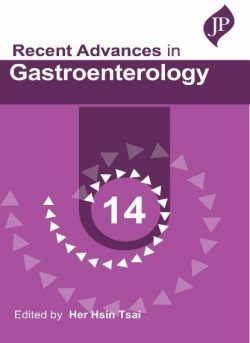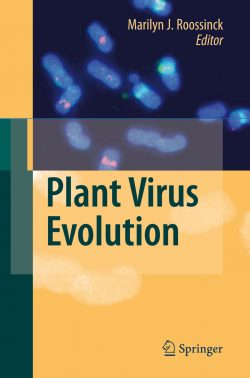The globalization and commercialization of the food system has unintentionally led to the introduction of new foodborne parasites in countries worldwide. Fortunately, advances in detection and control are providing the basis for a better understanding of the biology and control of parasitic infections, and this in turn will likely contribute to the reduction and hopefully elimination of parasitic foodborne outbreaks.
Building on the first edition, this completely revised second edition of Foodborne Parasites covers the parasites most associated with foodborne transmission and therefore of greatest global public health relevance. The volume examines protozoa and their subgroups: the amoeba, coccidia, flagellates and ciliates. Chapters also address Trypanosoma cruzi, recently recognized as an emerging foodborne protozoan. The helminth section is expanded to cover teniasis, cysticercosis, hydatidosis, and the trematodes and nematodes including Angiostrongylus, which is present worldwide. Finally, the editors examine the burden and risk assessment determinations that have provided a scientific framework for developing policies for the control of foodborne parasites.
1. Amoeba and Ciliates.- 2. Foodborne Giardia Duodenalis and Typanosoma Cruzi.- 3. Cyclospora Cayetanensis.- 4. Cystoisospora Belli and Sarcocystis spp.- 5. Cryptosporidium and Cryptosporidiosis.- 6. Toxoplasma Gondii.- 7. Angiostrongylus spp. of Public Health Importance.- 8. Anisakiasis.- 9. Trichinella and Others Foodborne Nematodes.- 10. Taeniasis and Cysticercosis.- 11. Echinococcus.- 12. Other Cestoda of Public Health Relevance.- 13. Foodborne Trematodes: Paragonimus and Fasciola.- 14. The Global Impact of Foodborne Parasites.- 15. Burden and Risk Assessment of Foodborne Parasites.
Charles R. Sterling is Professor Emeritus and past Director of the School of Animal and Comparative Biomedical Sciences, University of Arizona. His research has primarily focused on intestinal protozoan parasites of humans including Cryptosporidium, Giardia and Cyclospora. His lab developed immunodiagnostic assays to detect Cryptosporidium and Giardia infections. He has taught numerous courses of Parasitology.
The globalization and commercialization of the food system has unintentionally led to the introduction of new foodborne parasites in countries worldwide. Fortunately, advances in detection and control are providing the basis for a better understanding of the biology and control of parasitic infections, and this in turn will likely contribute to the reduction and hopefully elimination of parasitic foodborne outbreaks.
Building on the first edition, this completely revised second edition of Foodborne Parasites covers the parasites most associated with foodborne transmission and therefore of greatest global public health relevance. The volume examines protozoa and their subgroups: the amoeba, coccidia, flagellates and ciliates. Chapters also address Trypanosoma cruzi, recently recognized as an emerging foodborne protozoan. The helminth section is expanded to cover teniasis, cysticercosis, hydatidosis, and the trematodes and nematodes including Angiostrongylus, which is present worldwide. Finally, the editors examine the burden and risk assessment determinations that have provided a scientific framework for developing policies for the control of foodborne parasites.
Updated and expanded second edition
Updated and expanded second edition





